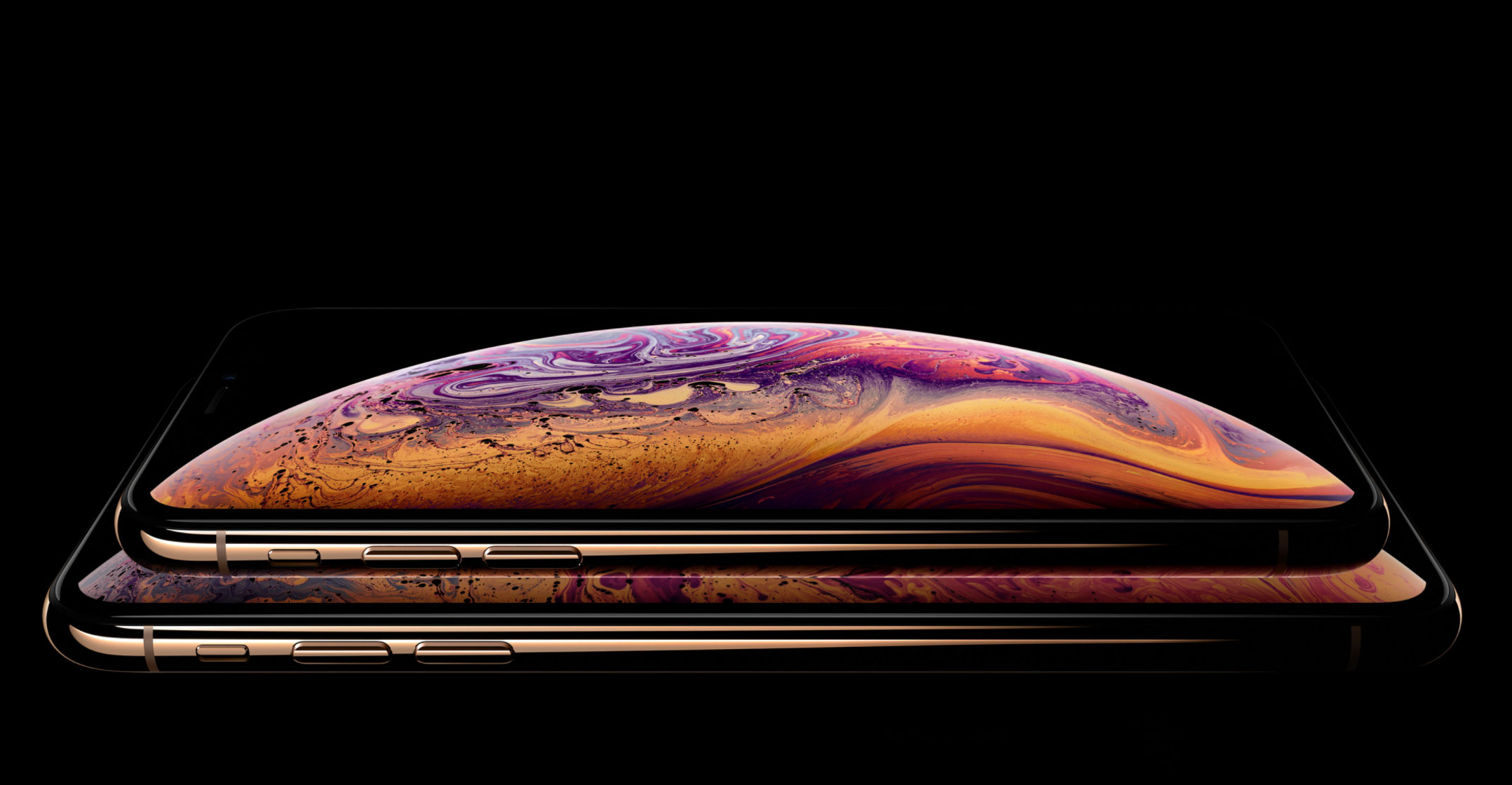
Apple’s reported plans to cut iPhone production by 10% in the first quarter of 2019 make it increasingly clear that the company’s base of loyal users isn’t an inexhaustible resource from whom it can forever extract a rent through its services offerings. Apple needs to compete more vigorously in all the other markets in which it’s present, without relying on the network effects of its large installed base.
Whether you blame economic headwinds in key markets such as China (as Apple CEO Tim Cook did in a recent letter to investors) or the company’s own mistakes, or any combination of these factors, Apple appears about to slide down the table of biggest smartphone suppliers by unit sales. It’s already the third biggest supplier after Samsung and Huawei, having lost the second spot to the Chinese company earlier this year. And if it can’t sell as many phones as it once hoped at its super-premium prices, and if the pricing doesn’t change, other companies will pass it as they’ve already done in China.
In the medium to long term, the decline can only undermine Apple’s ability to feed off the “halo effect” from its installed base, estimated at about a billion iPhones globally at the end of last year. In the company’s other markets, its products and services will increasingly compete on their own merits, with less help from the network effects that push iPhone users toward everything else Apple.
The company inevitably will need to face up to the fact that, as things stand, few Apple products are strongly competitive among the non-iPhone users.
Perhaps the best example of how Apple can compete with no help from its installed base is in the headphone market. Apple’s AirPods have an 83% unit sales share in the narrow “completely wireless” category. It also leads in the market for more expensive models with its (somewhat neglected) Beats brand. Together, these successes make it one of the three overall market leaders, along with Sony and the Harman brands.
The Apple TV, which also doesn’t need an iPhone to work, is also highly competitive among streaming devices offering 4K resolution, trailing only the Amazon Fire in sales. (As far as the installed base of streaming devices goes, Roku is also ahead, but Apple’s market share is still solid.)
Not doing great
In other markets where Apple’s products and services don’t require an iPhone, the company isn’t doing great. Despite huge help from the installed base, and despite a successful marketing strategy in the US, Apple Music is not taking global market share away from Spotify and has about half of its rival’s share of music streaming subscribers. In smart speaker sales, Apple is far behind Amazon and Google. In PC sales, it’s fifth in unit terms and underperforming the market. In video content, Apple’s has stuck to the obsolete sale and rental model, missing out on the rapidly growing subscription-based streaming business.
Apple’s only unqualified success since the iPhone and, for a while, the iPad, has been in wearables. The Apple Watch was last year’s number one in sales. But the device is iPhone dependent, meaning the company isn’t well-protected against the competition, whose smartwatches work with all kinds of phones. That’s how phone-indifferent Walmart Pay got bigger than Apple Pay in the US, even though the latter is, for now, the clear global leader in mobile payments.
 If the iPhone ceases to be a reliable growth engine for Apple, and especially if the installed base starts shrinking gradually, Cook needs to put a lot of effort in each of the company’s existing markets to maintain its dominance or catch up to the leaders.
If the iPhone ceases to be a reliable growth engine for Apple, and especially if the installed base starts shrinking gradually, Cook needs to put a lot of effort in each of the company’s existing markets to maintain its dominance or catch up to the leaders.
That means competing more actively on quality and price in the headphone, smart speaker and PC markets; facing off with Spotify in terms of audio and recommendation quality while expanding the choice of music; and finally launching a video subscription service that can go head-to-head with Netflix. It also means freeing the services offerings and the Apple Watch from platform exclusivity by unlinking them from the iPhone and other Apple devices as much as technically possible, and letting iPhone users interface with other manufacturers’ devices.
This year, Apple is clearly making some moves in the latter direction: the iTunes video store will be available on new Samsung smart TVs, and other rival manufacturers’ devices will begin supporting Apple’s AirPlay and HomeKit functionality, making it possible for iPhone users to stream content to various television sets and run all kinds of smart home equipment. But that’s still a far cry from the complete platform independence that Apple would need to become a services company first and foremost, like a smaller and more specialised Spotify and Netflix.
Weaning itself from iPhone dependence will be a painful experience for Apple, not only because the stock market will punish it for being overoptimistic for too long, but also because the importance of each market in which the company is involved will increase. The iPhone’s enormous shadow won’t hide errors as well as it did in the past. And competing hard against specialised players with a lot of skin in the game will become more of a necessity. The new situation requires a sharper focus from people in each of Apple’s lines of business and more multitasking from Cook, whether or not he’s willing to see things this way. — (c) 2019 Bloomberg LP

